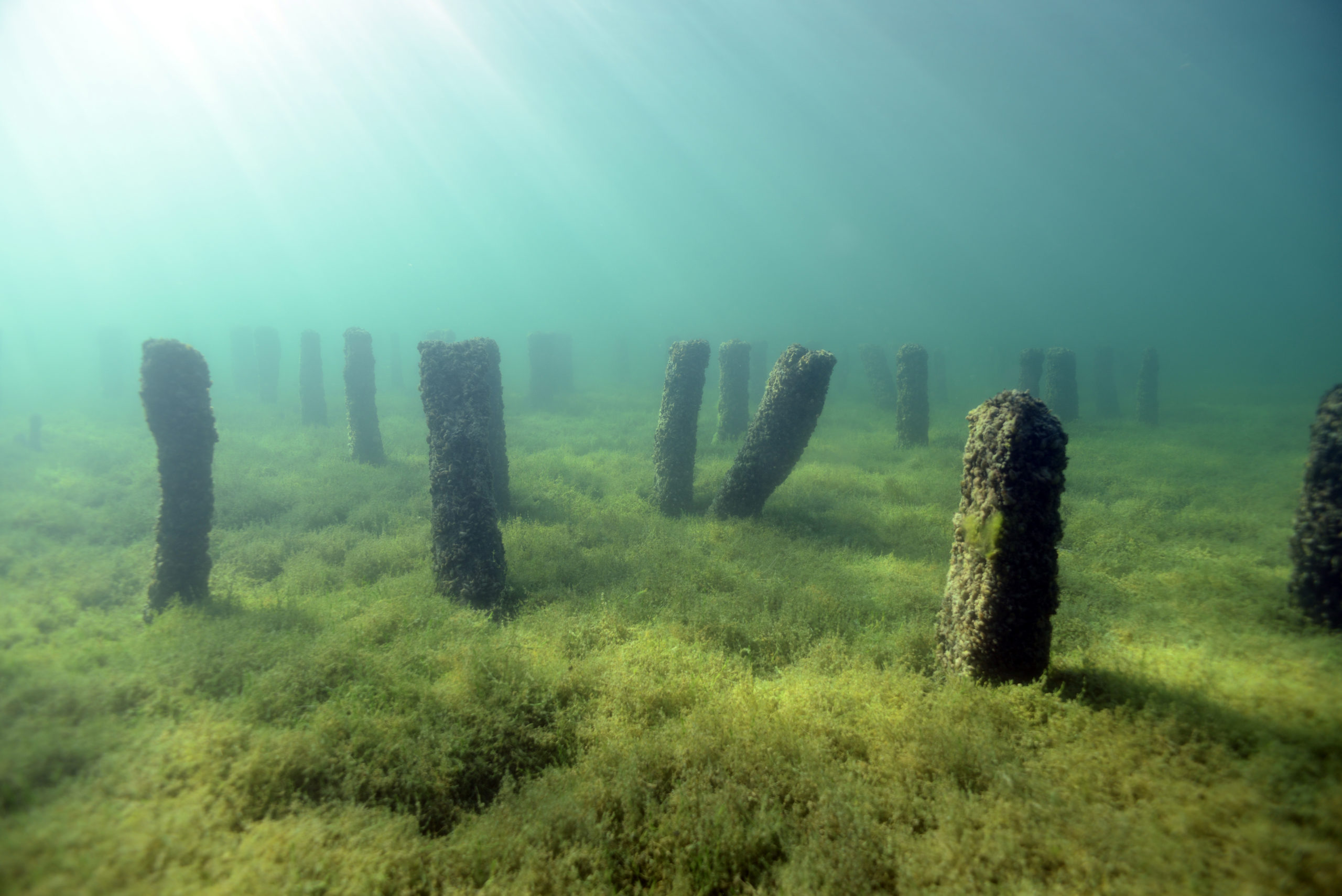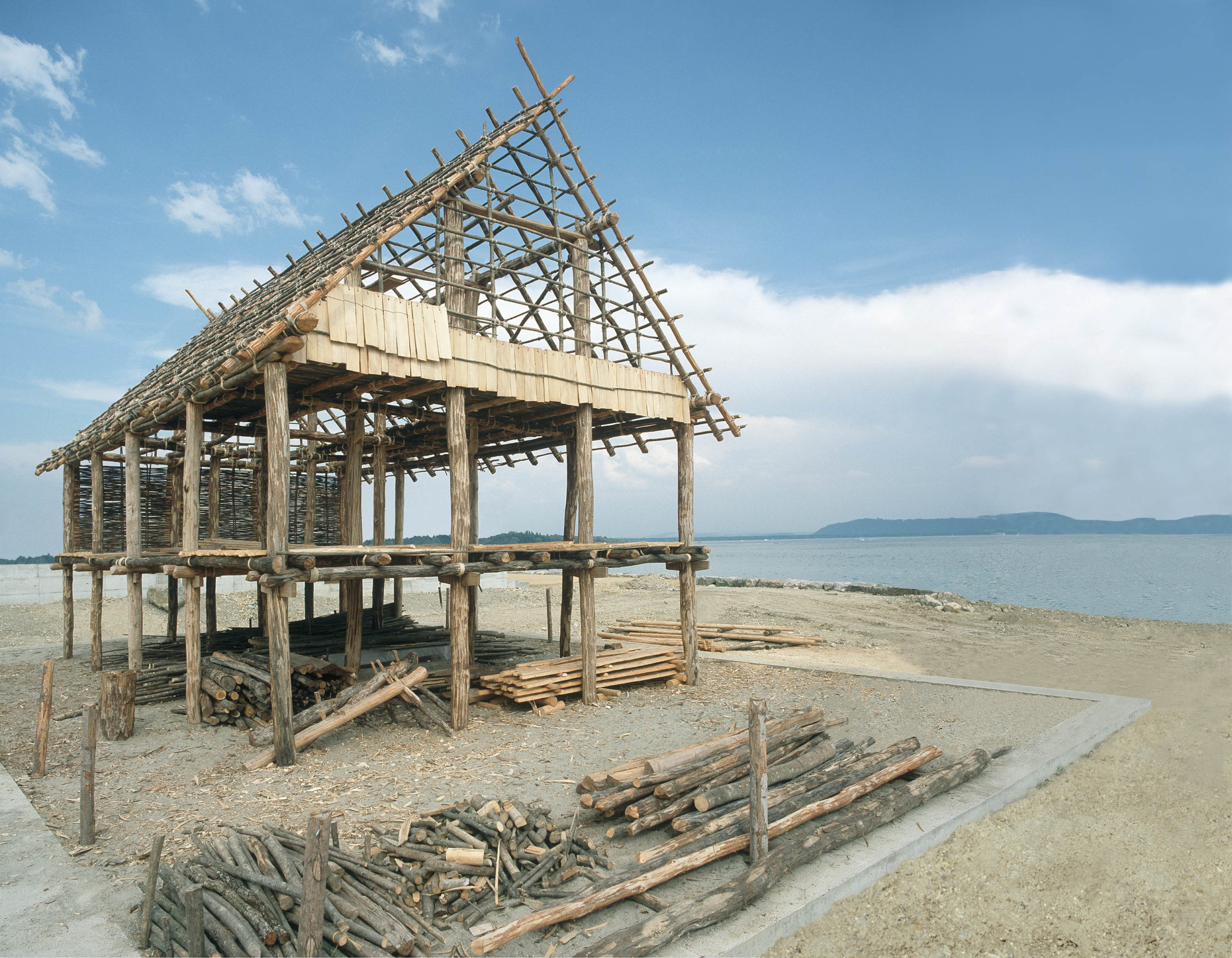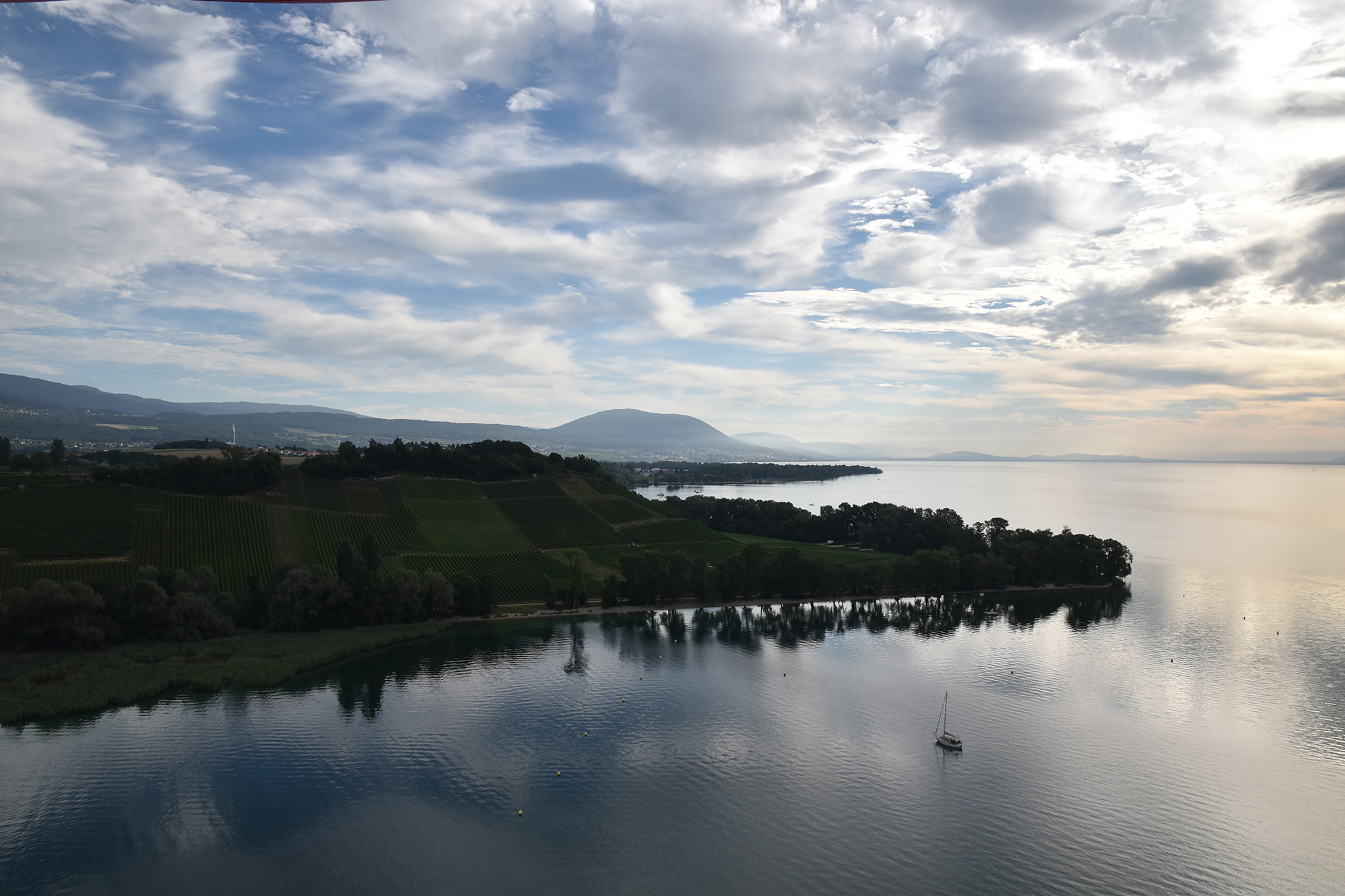Open from 10.00 to 17.00
Open from 10.00 to 17.00
Of the circa one thousand pile-dwelling sites that have been discovered in the lakes and bogs of Switzerland, Germany, France, Italy, Austria and Slovenia, 111 have been inscribed on the list of World Heritage Sites.
The remains of these settlements dating from the Neolithic period and the Bronze Age are concealed under water or buried below ground. They are, nevertheless, at risk. Erosion caused by concrete shoreline reinforcement works and by shipping as well as the drying out of soils can result in the destruction, within just a few decades, of these fragile remains that had been conserved by nature for thousands of years.
The accreditation by UNESCO firmly raises public awareness of the importance of the pile dwellings with regard to our cultural heritage and scientific advancement and guarantees their long-term protection.


From the Neolithic to the end of the Bronze Age, between 4,400 and 750 BC, many different population groups settled on the lakeshores and in bogs throughout the Alpine region. Their villages varied in size and consisted of one or more parallel rows of houses. The houses were built on the dried-out shorelines and often had raised floors due to the waterlogged ground and frequent flooding.
A remarkable concentration of pile-dwelling sites has been identified on the shores of Lakes Bienne, Morat and Neuchâtel. Since the earliest discoveries in the 19th century, intensive archaeological research has been carried out in the region. Many of the pile-dwelling sites uncovered have now become reference sites for European prehistoric research.
The collections on display at the Laténium, the reconstructed pile dwellings in the Archaeological Park and the scientific examinations carried out here have made our museum one of the main centres of research for the enhancement and safeguarding of this archaeological heritage that is of global importance.

Thanks to their rich and diverse finds, the sites have provided invaluable insight into the everyday lives and social structures of these communities. The extraordinary state of preservation of the organic materials, animal bones and plant remains has allowed us to reconstruct prehistoric ecosystems and the relationship between our ancestors and their environment.
Pile-dwelling excavations are a prime example of prehistoric research in that they provide the source material for extremely ambitious natural-scientific examinations, which enhance our knowledge about the economic systems and cultural dynamics of early farming societies in Central Europe.